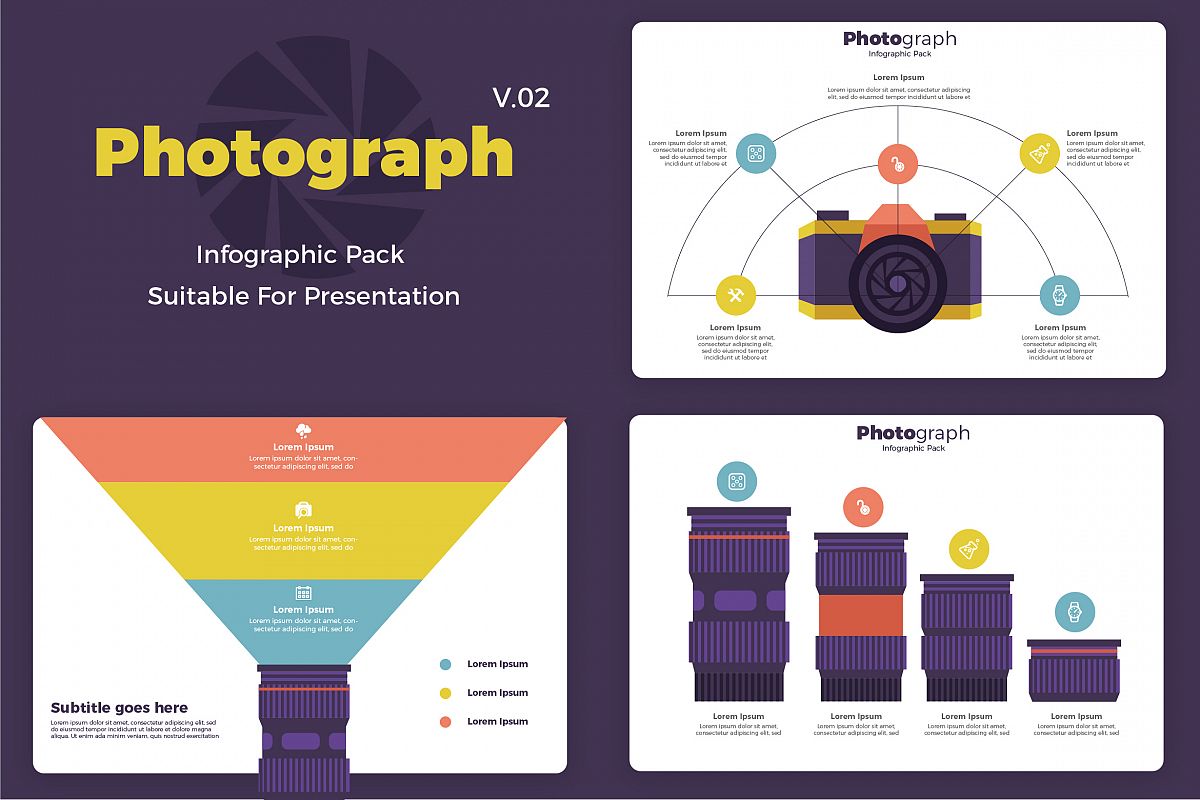What Every Professional Photographer Should Know About Lights
What Every Professional Photographer Should Know About Lights
Blog Article
Created By-Gillespie Olsson
As a professional photographer, you understand that lighting can make or damage your images. Recognizing the subtleties of both natural and man-made light is essential for catching the state of mind and clearness you aim for in your work. Whether http://frederic927trenton.booklikes.com/post/6564725/easy-ways-to-boost-your-picture-photography chasing after the excellent golden hour glow or tweak your synthetic setups, grasping these components can boost your photography considerably. Yet there prevail pitfalls that numerous forget, and recognizing them can change your strategy to every shoot. Let's discover what you could be missing and just how it can impact your results.
Recognizing All-natural Light
Comprehending natural light is crucial for any kind of digital photographer wanting to improve their work. It's the foundation of fantastic photography, influencing state of mind, tone, and quality. When you shoot outdoors, take notice of the time of day. The gold hour-- quickly after daybreak and before sunset-- supplies soft, cozy light that can change ordinary scenes right into magnificent images.
Don't underestimate the power of overcast days. Cloud cover diffuses sunlight, developing a soft, even light that's best for pictures and macro photography. You'll discover shades pop in this kind of lights without extreme darkness.
Placing matters, as well. Always consider website link to the source of light. If the sunlight's behind your topic, you might wind up with a silhouette, which can be dramatic however mightn't be what you desire. Alternatively, straight sunlight can develop uncomplimentary shadows.
Try out angles; sometimes, altering your viewpoint can yield fantastic results. Use all-natural reflectors, like water or sand, to bounce light onto your subject, adding dimension.
Mastering Artificial Light
Mastering artificial light is vital for digital photographers that want to take their abilities to the next degree. Whether you're using speedlights, studio strobes, or continual lights, understanding just how to control these resources can considerably improve your pictures.
Beginning by familiarizing on your own with the basics of light quality, direction, and shade temperature level. Experiment with different modifiers like softboxes, umbrellas, or grids to manage the soft qualities or violence of the light.
You'll find that soft light frequently develops flattering outcomes, while harsher light can include drama and depth. Don't shy away from darkness; they can boost the three-dimensionality of your topics.
Pay attention to the positioning of your lights. A light positioned too near your subject can develop uncomplimentary results, while as well far can lead to a lack of detail. Utilize a light meter or your cam's pie chart to ensure you're revealing appropriately.
Lastly, remember that man-made light can be blended with ambient light for imaginative impacts. Stabilizing these sources could take practice, once you master it, your digital photography will genuinely radiate.
Strategies for Different Circumstances
When you step into various shooting scenarios, adapting your lighting strategies is critical for capturing the most effective pictures. For outside portraits, utilize the gold hour-- early morning or late afternoon light-- to soften darkness and improve skin tones.
If it's a rough noontime sunlight, take into consideration utilizing a reflector to bounce light back onto your subject or seek shaded areas for an extra even direct exposure.
In low-light circumstances, like interior occasions, boost your ISO and make use of a vast aperture to allow in more light. A tripod can aid get rid of video camera shake, enabling longer direct exposures without obscuring.
If you're shooting at night, try out off-camera flash to create dynamic lights and depth in your images.
For item digital photography, utilize diffused lighting to avoid rough representations. Softboxes or light outdoors tents can aid achieve this impact.
When photographing landscapes, consider the instructions of light and time of day, as it can dramatically transform the mood of your shot.
Always be ready to change your setups and positioning based on the scenario, as adaptability is crucial to grasping illumination in photography.
Verdict
In conclusion, mastering illumination is essential to elevating your photography abilities. Accept all-natural light's appeal during golden hour, and don't shy away from explore fabricated light techniques. By adjusting your strategy to different circumstances, you'll record spectacular pictures that resonate with emotion and clarity. Keep in https://telegra.ph/Innovative-Ways-To-Market-Your-Digital-Photography-Solutions-01-08-5 , the best lighting can transform a common shot into something phenomenal, so keep practicing and refining your understanding of both natural and synthetic light. Pleased shooting!
